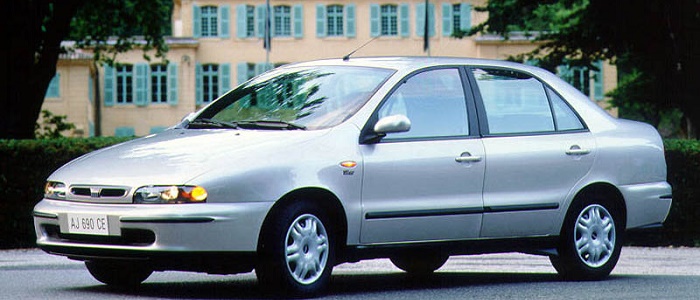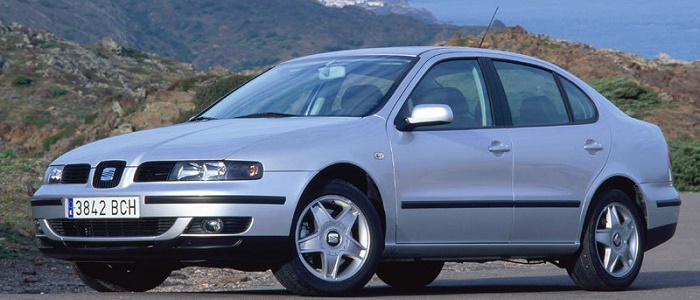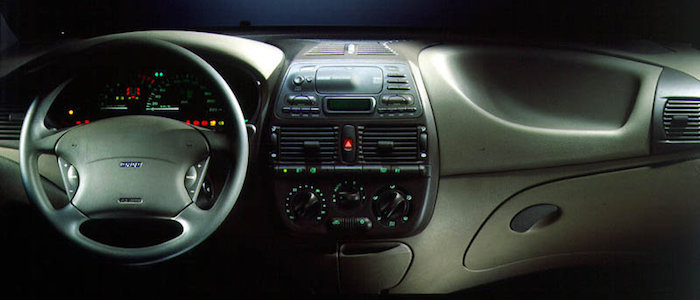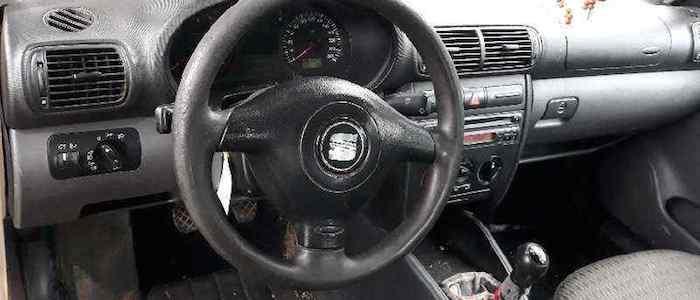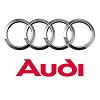Compare two cars
Compare any two cars and get our Virtual Adviser™ opinion
Marketing
Dimensons & Outlines
Engine
Performance (manual gearbox)
Performance (automatic gearbox)
Expenses
Virtual Adviser's™ opinion
We are here considering two somewhat similar cars, but we can't deny some of the obvious differences. For a start, they are not even classified under the same segment, with the FIAT being a large family car and the Seat representing small family car vehicle class. The first one has a FIAT-engineered powertrain under the hood, a 5-cylinder, 20-valves 155hp unit, while the other one gets its power and torque from a 4-cylinder, 20-valves 180hp engine designed by Audi.
SafetyUnfortunatelly, neither of the two vehicles was submitted to the European New Car Assessment Programme (Euro NCAP) testing. This makes it virtually impossible for me to pick one over the other and I'm generally against buying such cars as the safety should really always come first. Still, apart from the official crash test results there are other things we need to be aware of. The first vehicle is a large family car and that gives it a marginal advantage over the small family car competitor, at least that's what statistics show. On the other hand, when it comes to weight, a factor that most people underestimate, the Spanish car offers a marginal difference of 6% more metal.
ReliabilityI don't like generalizing things when it comes to reliability, although it does seem that FIAT does have a slight advantage, at least on all of the models level. That's the official data, while our visitors describe reliability of FIAT with an average rating of 4.3, and models under the Seat badge with 4.4 out of 5. Independent research findings rank Marea as average reliability-wise, and Toledo is more or less at the same level.That apart, owners of different cars powered by the same engine as the Italian car rank it on average as 4.0, while the one under the competitor's bonnet gets 4.8 out of 5.
Performance & Fuel economySeat is a bit more agile, reaching 100km/h in 0.8 seconds less than its competitor. In addition to that it accelerates all the way to 229 kilometers per hour, 19km/h more than the other car. When it comes to fuel economy the winner has to be the Spanish car, averaging around 8.5 liters of fuel per 100 kilometers (33 mpg), in combined cycle. We can't ignore that 15% difference compared to the Italian car.
Verdict
Seat appears just a bit more reliable, although the difference is truly marginal. The most important thing when deciding between any two vehicles should always be safety, both passive and active. In this case though, it seems that both cars show similar levels of passenger protection all together, so that won't break a tie. But one thing that actually could is the performance, with Seat offering somewhat better performance, just enough to call it quicker. To make things even better, it consumps less fuel! All together, there's not much more to say, in this case I wouldn't even consider anything but Seat. In any case that's my personal view, built upon all the data available to me. What should decide here though is the way you feel about the two vehicles, and I hope you'll find my guidelines useful in the process. Also, you could use the oportunity to find out which car, everything taken into account, would be the perfect choice for you in the eyes of the virtual adviser™, among thousands of similar, yet so different vehicles.























